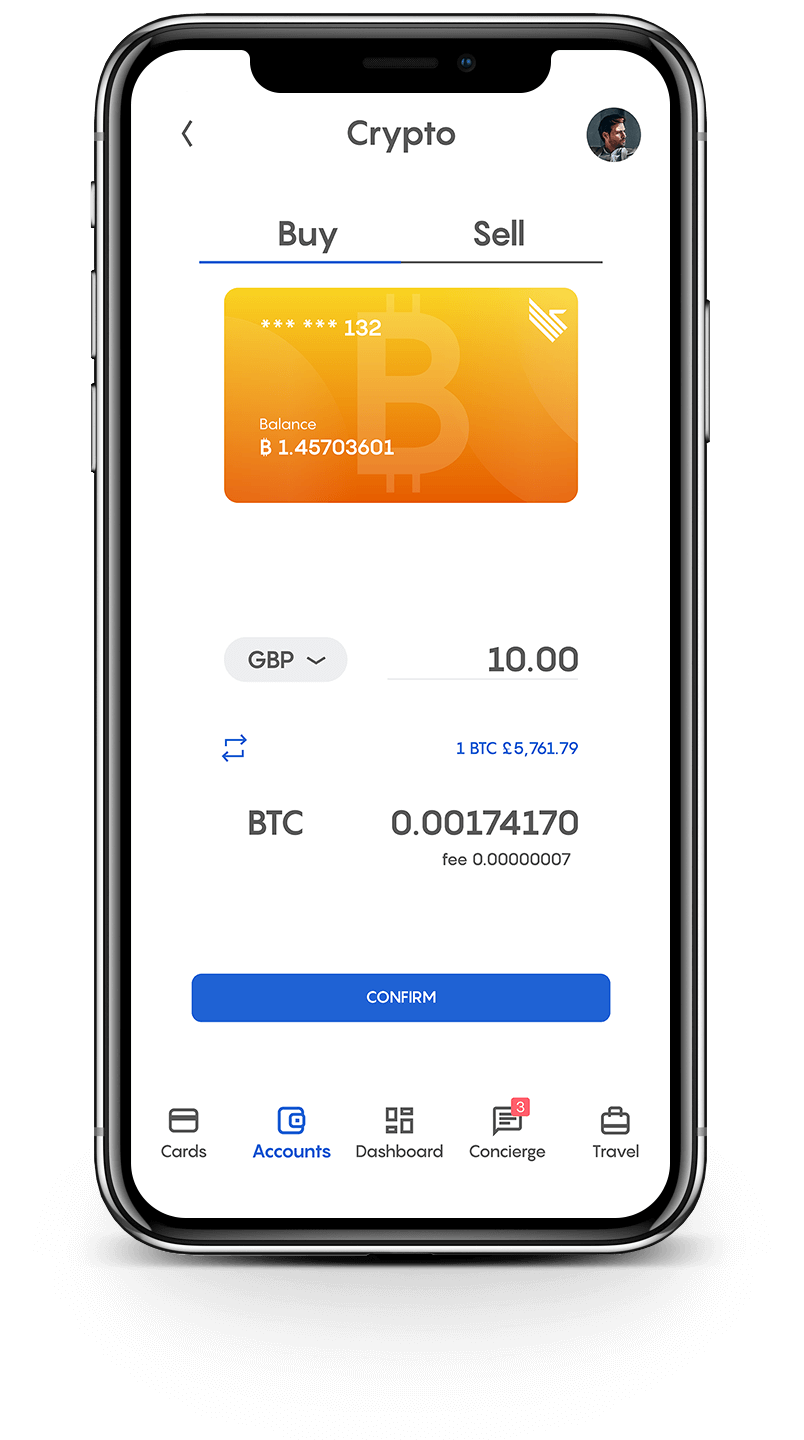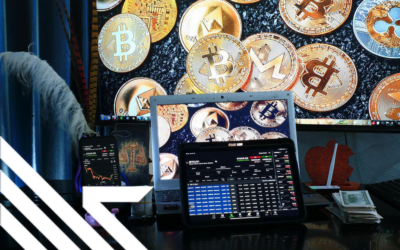In the last blog post, you got introduced to the concept of non-fungible tokens (NFTs). The post, in particular, explains in detail the three primary features that make a digital asset to be considered an NFT—exist on the blockchain, be irreplicable, and have artistic or instrumental value.
This blog post focuses on the different types of NFTs that are minted, traded, and used. In general, NFTs fall into two broad categories—artistic and functional.
The artistic NFTs get their value from attractiveness, sentimentality, and rarity. The functional NFTs get their value from what they can perform or the tasks they can help perform. This type of value is also known as instrumental value.
It is important to point out that the line between artistic and functional NFTs is unclear. Indeed, some NFTs are difficult to categorize as either artistic or functional.
NFTs can also be categorized as either virtual or physical. It is more about an NFT having a physical element. That means some NFTs exist as virtual assets with real-world representation while others exist only in the virtual world.
The following are ten types of NFTs that are most popular today:
1. Artwork NFTs
The most expensive NFTs in the market today are digital paintings that get their value from their beauty and their rarity. The list includes XCopy’s A Coin for the Ferryman, Beeple’s Crossroad, Beeple’s Human One, Beeple’s Everydays: the First 5000 Days, Pak’s The Merge, and all the Cryptopunk pieces.
The appeal of digital artwork is not any different from that of paintings on canvas. The only difference is the platform on which they are created and showcased. Digital artworks are created and consumed through a computer screen.
The blockchain makes it possible that a single copy is maintained and traded, just as is the case with physical art pieces. It is, however, possible to affect moving effects on the NFT art piece. For example, XCopy’s A Coin for the Ferryman has an impossible effect on a static piece of art on a canvas.
With that said, those who own NFT art pieces can print and hang them on walls just like they would a painting on canvas. It is also possible to display them in other ways, such as having the art on your phone cover, laptop top, or even on your crypto debit card—part of Club Swan offers.
However, all this is done to understand that the original copy is the digital version stored on the blockchain. It is even possible for the creator to partner with third parties who help those who pay for it to get a physical representation of the art.
In this case, the art piece starts as an NFT before becoming a physical existence. It is also possible for the process to happen the way round. A physical art piece can be minted on the blockchain to have an NFT representation. The purpose of this is to manage provenance.
The blockchain is an effective tool to combat the passing of fake art pieces as originals in the market. Given that the blockchain is a public ledger that anyone can access if a painting is registered there, it is easy for the seller to prove ownership and the buyer to authenticate it.
Several startups are already building blockchain solutions to manage the provenance of physical art pieces. The list includes All Public Art and Archain.
In summary, artwork NFTs are mostly artistic. They can also be virtual with a physical component.
2. Music NFTs
It is possible that instead of uploading music or other media on YouTube, iTunes, or Spotify, an artist can mint on blockchain as an NFT and distribute it to their fans.
Several marketplaces already support the creation and selling of music in the form of NFTs. Some general NFT marketplaces, such as OpenSea, have specific sections for music. Others are specifically set up to support only music NFTs. One such marketplace is Catalog, where artists have sold NFTs worth over US$5 million. Others are Sound.XYX, Foundation, Arpeggi, and Formfunction.
Besides the transaction fees, it does not cost the artist much to mint and manage the NFTs on the blockchain. Meanwhile, they get to keep everything that fans pay for the music. Also, because blockchain is a decentralized public platform not controlled by any single entity, the artists can not be censored or have their music removed for whatever reasons.
Whoever acquired the NFT has full ownership and control of the music. This is very different from what happens when you buy a piece of music on Spotify or iTunes. You only buy the right to listen to the track on those platforms.
When you buy an NFT, you get both the right to listen to the music and the ownership of the actual file. With that being the case, an ordinary person can buy a piece of music as an investment. They can sell it later if it becomes popular on secondary markets.
This is especially the case if the artist limits the number of copies they release of a particular track. Indeed, a track can be minted as a single NFT on the blockchain, a limited number or an unlimited number. Those minted as single or limited NFT copies become collectibles similar to Wu-Tang Clan’s Once Upon a Time in Shaolin album.
Meanwhile, the music NFTs can be programmed with smart contracts so that the creator automatically gets a piece of the revenue every time their music is sold as NFT in secondary markets.
Already music NFTs are proving to be more beneficial to artists than traditional distribution channels. For example, the rapper Haleek Maul, one of the early artists to sell their music as NFTs, has been reported to have made an
annualized income of US$226,800 from NFTs on Catalog, compared to just $178 on Spotify.
Here’s how top-selling artists on Catalog compare to their estimated Spotify earnings.@HaleekMaul @whoinvitedgrady @imdanielallan @oshimakesmusic @matthewchaim
On average, they've earned 7.5x more from Music NFTs than a year’s worth of streams. pic.twitter.com/EMKLXX9kqU
— Coopahtroopa 🔥_🔥 (@Cooopahtroopa) February 3, 2022
This use of NFT is not widespread yet, but it could be commonplace in the near future.
Music and video as NFT are largely virtual. The music and video NFT are primarily artistic and are appreciated through audio and visuals.
3. Collectible NFTs
Any item that is rare and sentimental is a collectible. Most NFTs also fall in this category. Music NFT that is created as a single copy is a collectible. Paintings and artworks can be the same.
There are other items, however, that are primarily collectibles. For example, particular rare playing cards, comic books, stamps, and coins. This can have virtual representations minted on the blockchain and traded as NFTs.
Advertisement
Join Club Swan and get... more!

Buy and sell your crypto at the best rates and spend them or transfer them to another wallet. You can seamlessly spend your crypto with the Club Swan card anywhere in the world. Everything from one account, on one platform.
- Buy, sell or store 9 different crypto currencies, including: Bitcoin (BTC), Ethereum (ETH), Litecoin (LTC), Bitcoin Cash (BCH), Tether (USDT), BAT, Paxos (PAX), USD Coin (USDC) and EOS.
- Low fees from 0.5%*.
- One simple rate for buy and sell. No hidden margin built into our prices.
- Seamlessly spend your crypto with the Club Swan card.
- Turn your crypto into traditional currencies.
- Quick and simple wallet to wallet transfers.
- Free transfers between Club Swan members.*
- 24/7 Customer support.
Club Swan's flexible account gives you access to multiple traditional currencies, live real time exchange rates, bank transfers and an elegant metal card allowing you to spend in more than 150 currencies around the globe.
- Live traditional currency exchange rates.
- Bank transfer exchange rates typically 4-8% better than high street banks.
- USD, GBP, EUR, CNY, and JPY accounts*.
- Transfer funds in and out of your account with SEPA/SWIFT/Faster Payment/Fed Wire Payments.
- Spend 150+ traditional currencies around the globe with Club Swan card.
- International ATM withdrawals.
- Daily ATM withdrawal limit $1,500.
- High account limits.
- Free transfers between Club Swan members*.
- FCA regulated for your peace of mind**.
- 24/7 Customer support.
Save precious time and money. Use your Club Swan virtual assistant for your travel needs. We also offer personal shopping, VIP event access and unique experiences.
- Save up to 40% on flights and holidays.
- Exclusive negotiated rates on First and Business class airfares.
- Private transfers.
- Luxury car rentals.
- Personal shopping assistant.
- Luxury product procurement.
- Concert tickets.
- Activity experiences.
- Event access.
- VIP dining & restaurant bookings.
- Private event & party coordination.
- 24/7 live chat concierge support.
4. Event ticket NFTs
This is another type of NFT that is being minted and being made available on marketplaces. This could be tickets to music, business, or other types of events.
Unlike traditional tickets, particular actions can be coded into the ticket to self execute when certain conditions are met. For example, a ticket can be coded so that if the purchaser attends only some sessions of an event, they get a refund.
NFT tickets can be tied to a specific person or be a bearer. While a specific person can only use the former, the latter can be used by any person who proves ownership over it.
Ticket NFTs are functional as their value is instrumental. Nobody really cares about their artistic value as much as their functional value. Some, however, could easily become collectible based on the uniqueness of the event and the sentimental value people might attach to it. Tickets as NFTs are hugely in digital form. Generally, there is no reason to have them in the physical form.
5. Video gaming NFTs
Video gaming is one of the industries that might be changed exceedingly by NFTs. The space is already used for digital assets in skins, weapons, real estate, and more. These can easily be minted and then managed on the blockchain.
While players own these assets in the traditional platforms, they can be taken away from them if the admins decide so for whatever reason. Also, if the platform shuts down, then the assets are lost.
When gaming assets are established as NFTs on the blockchain, the players have true ownership. Nobody has the power to take the assets away from them. Also, the platform on which they exist cannot be shut down.
Some major players in the video gaming industry are already integrating NFTs into their ecosystems. Ubisoft, one of the largest gaming companies, is actively building NFT capacity.
6. Big Sports Moment NFTs
Sports NFTs range from pictures of players and moments in matches to short videos. Some of the most expensive NFTs today are special sports NFTs. For example, a photo of LeBron James known as the ‘Statue of LeBron’ is worth over $21Million.
Some short videos of Lebron James dunking have sold for hundreds of thousands of dollars.
The special sports moment NFTs are physical world moments captured and burned to be traded in the virtual world forever.
7. Virtual Fashion NFTs
It is now possible to design different things and have them stored and secured on the blockchain. That can range from outfits to debit card designs.
The originals of these designs can only exist and are traded in the virtual world. However, they can be produced and used in the physical world. For example, Club Swan has engaged various top-notch designers to create artistic covers for the debit cards we ship. While these designs will exist on
the blockchain, Club Swan customers can pay for them to be on their debit cards.
The virtual fashion NFTs are mostly art pieces but can also be seen as functional, especially when actual physical items are produced from these designs and worn or used in the real world.
8. Real-world asset NFTs
There are NFTs created to represent real-world assets. These include real estate, cars, and even physical painting. Most of these NFTs are used to provide efficiency in managing assets that exist in the real world.
Most NFTs in this category can be described as being functional. Their value is instrumental as it comes from what they can do or help people achieve.
For example, if a land title is turned into an NFT, it is easier to track and authenticate the ownership of that land. This can also make it easier to trade the asset. That means if two people want to transact the land, they might not need notaries and lawyers.
They can use a smart contract to simultaneously exchange cash and the title. This might also take a relatively shorter time especially compared to how long it takes to complete a land transaction through the conventional systems.
9. Meme NFTs
Memes funny pictures and short videos. The memes became popular with the rise of social media.
It is possible to turn these images and videos into creative assets traded online with blockchain. Their value comes from the humor they inspire and their rarity.
Some meme NFTs have sold for as high as $4 million. The list of memes sold as NFTs includes classics such as Bad Luck Brian, Disaster girl, and the Doge Siba Inu.
10. Domain name NFTs
Website address names are a unique component of the world wide web. It is how computers can trace files and content published online.
Traditionally, domains are registered and managed through registries organized by private companies.
The blockchain offers another way of registering and managing domain names. Instead of users using a private company, they can register their domain on a blockchain as NFTs, which becomes permanent and does not require annual renewal.
Already domains are traded on various sites, with some fetching high prices. They can be as well traded as NFTs on the blockchain. If you no longer need a domain name, you can put it up for sale.
It is still early in the NFT evolution. Over time we are likely to see the emergence of more types of MFTs. We might also see the rise of more classification of NFTs.




